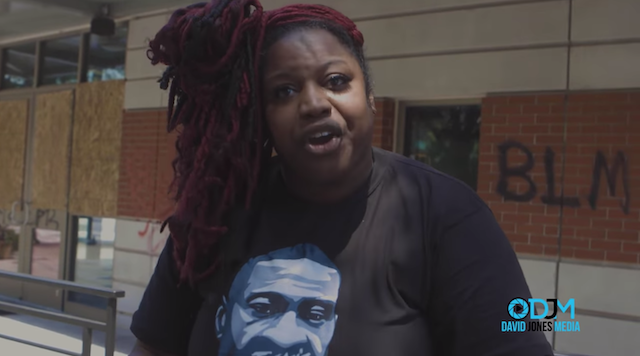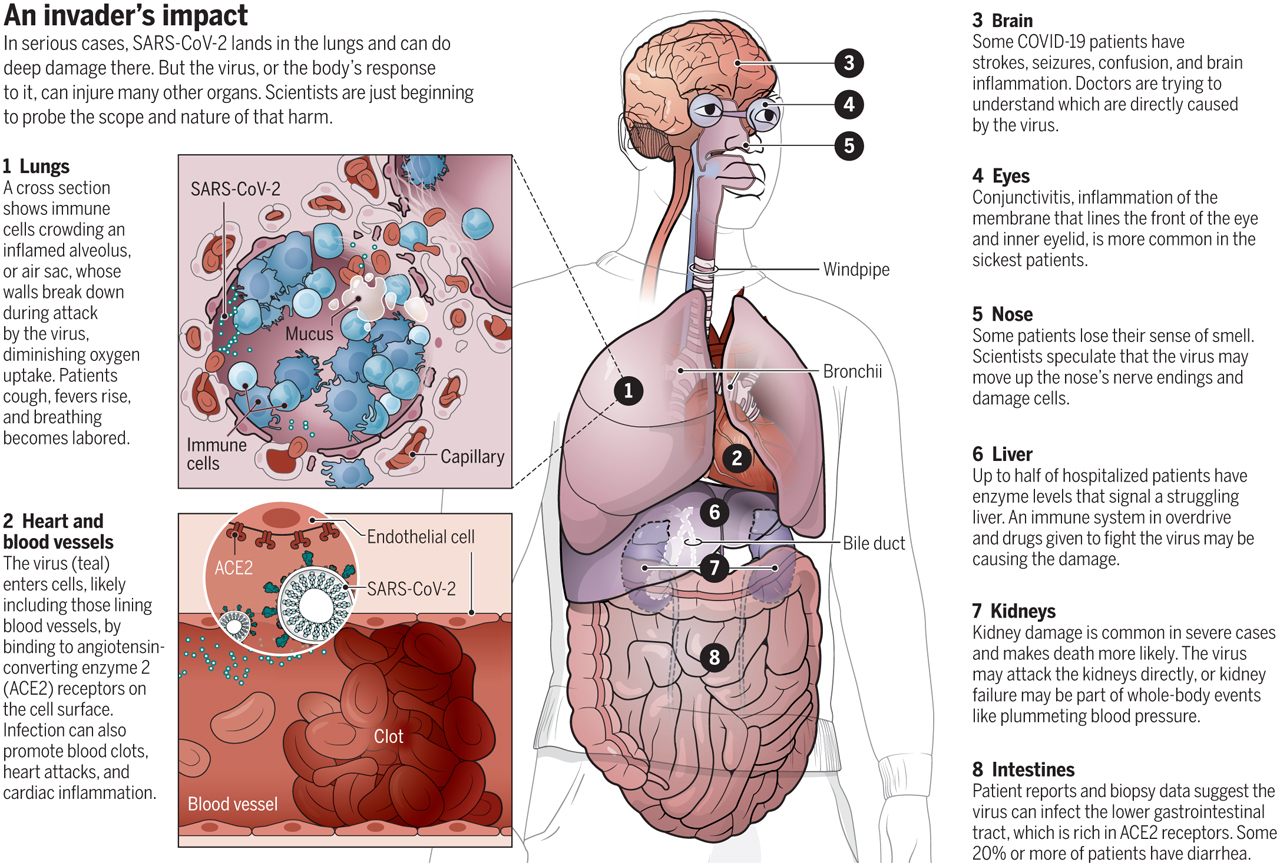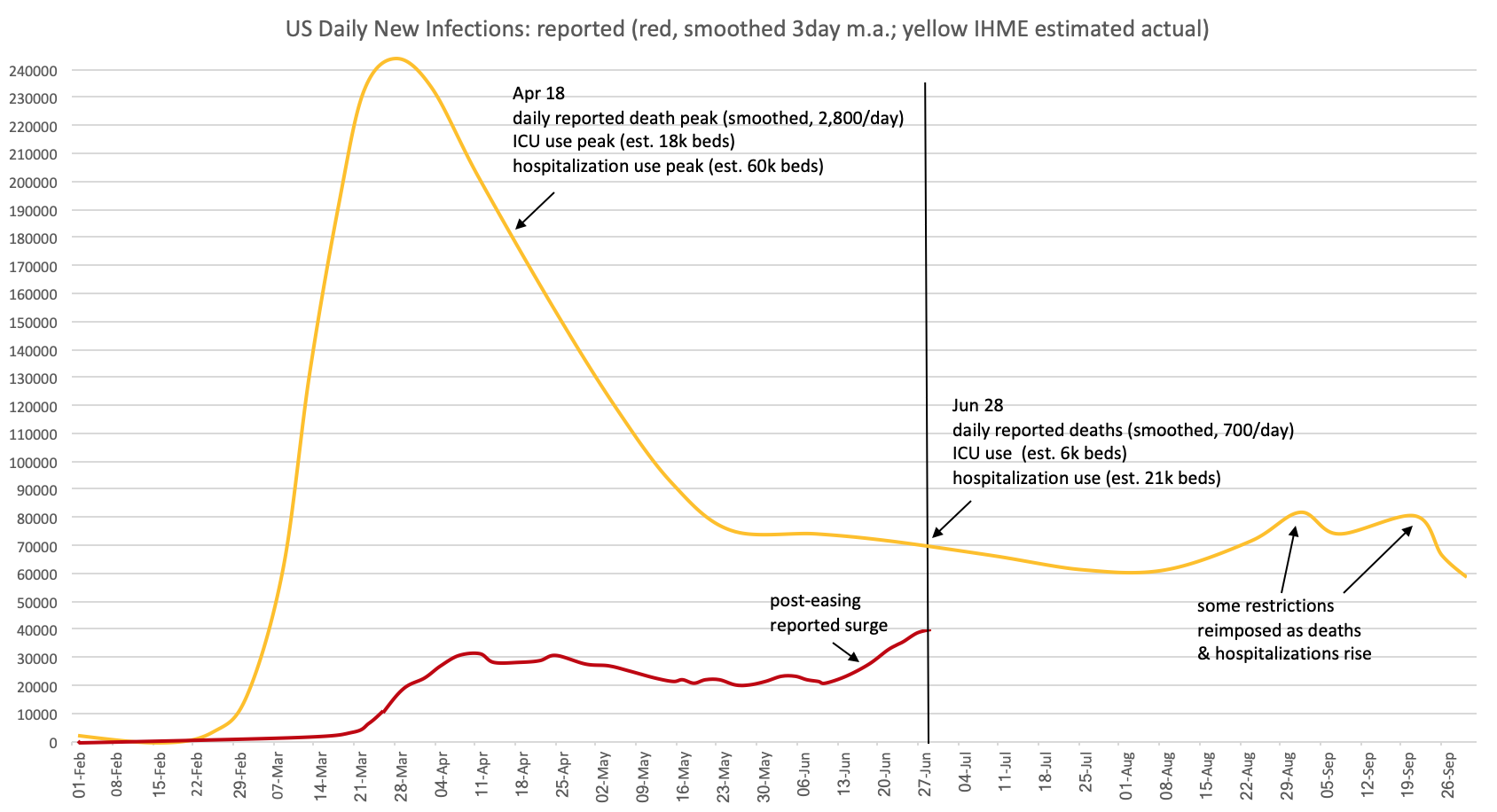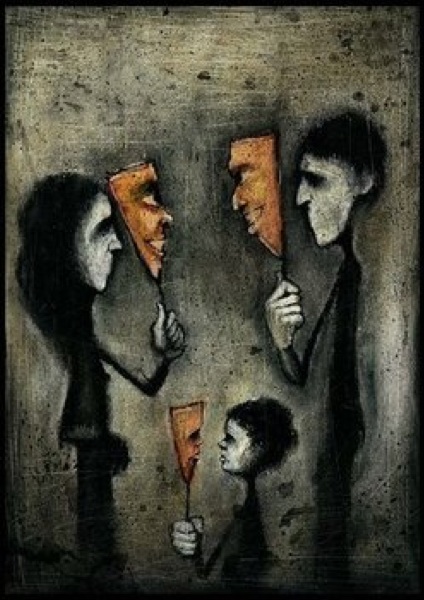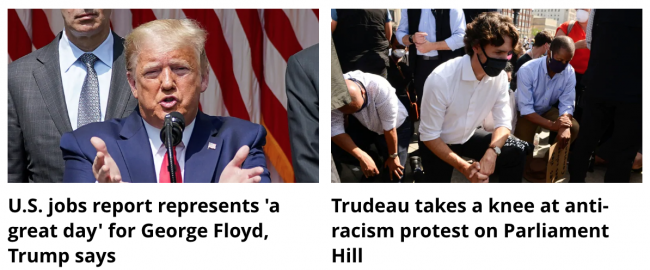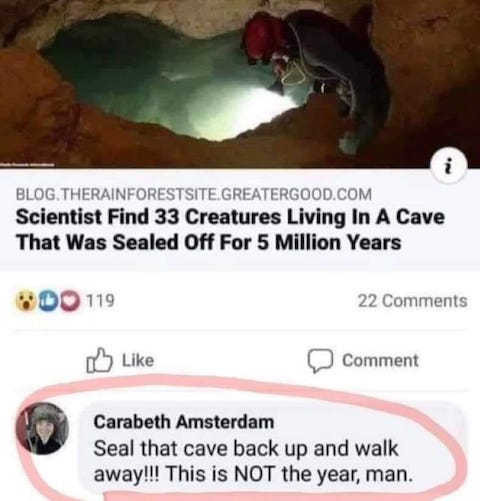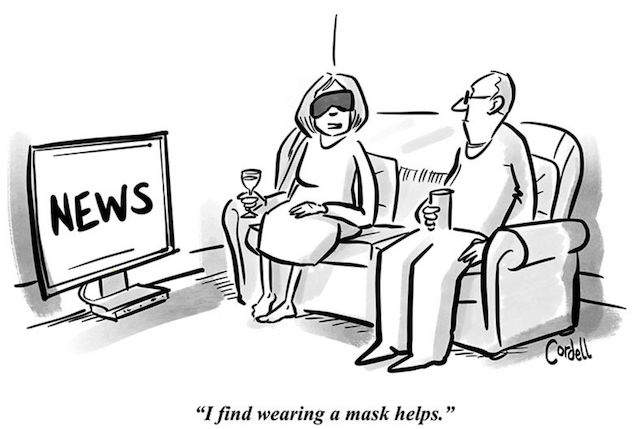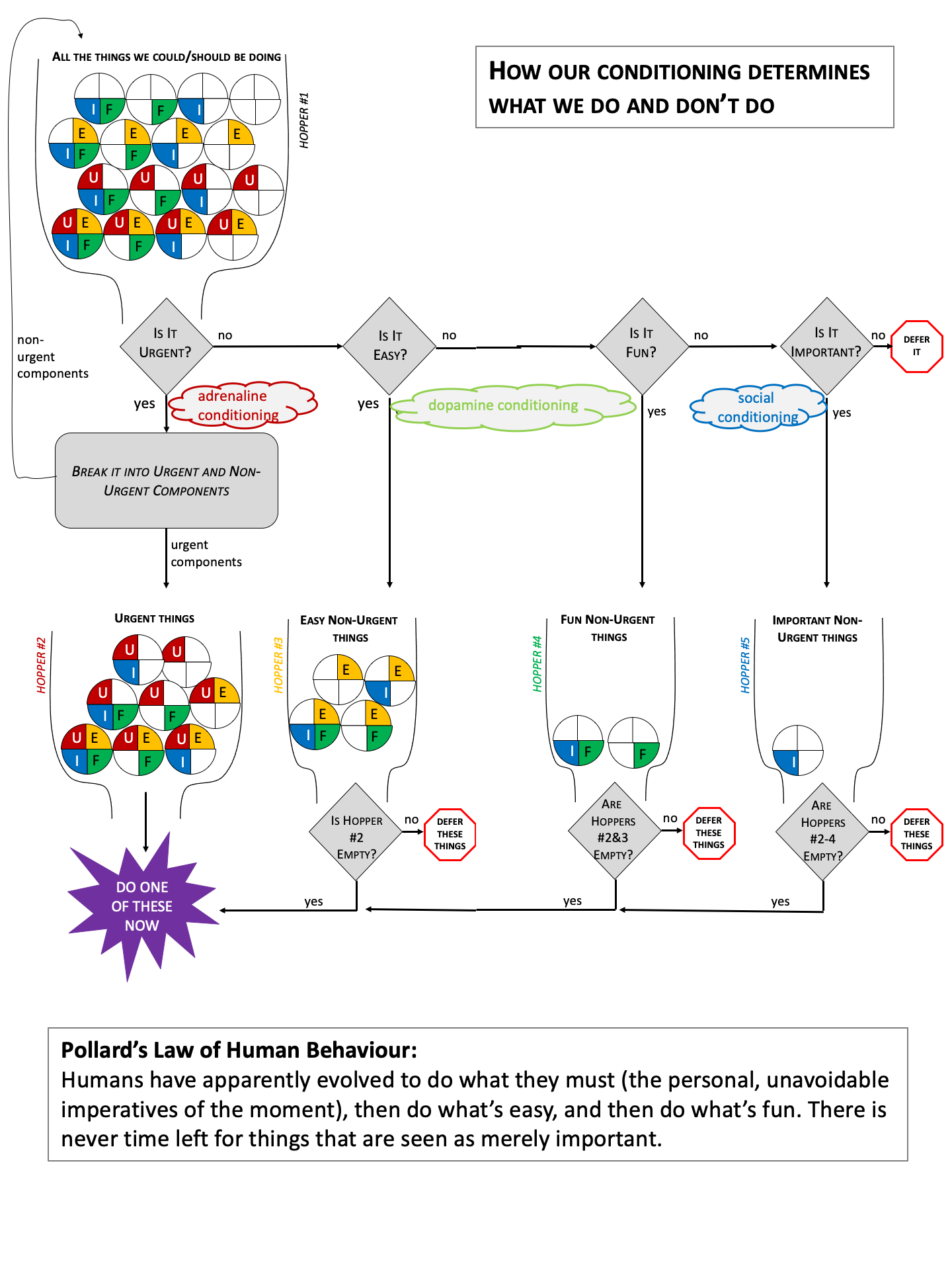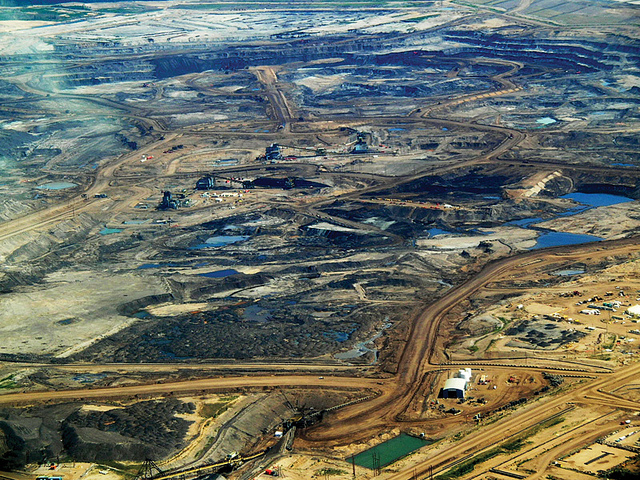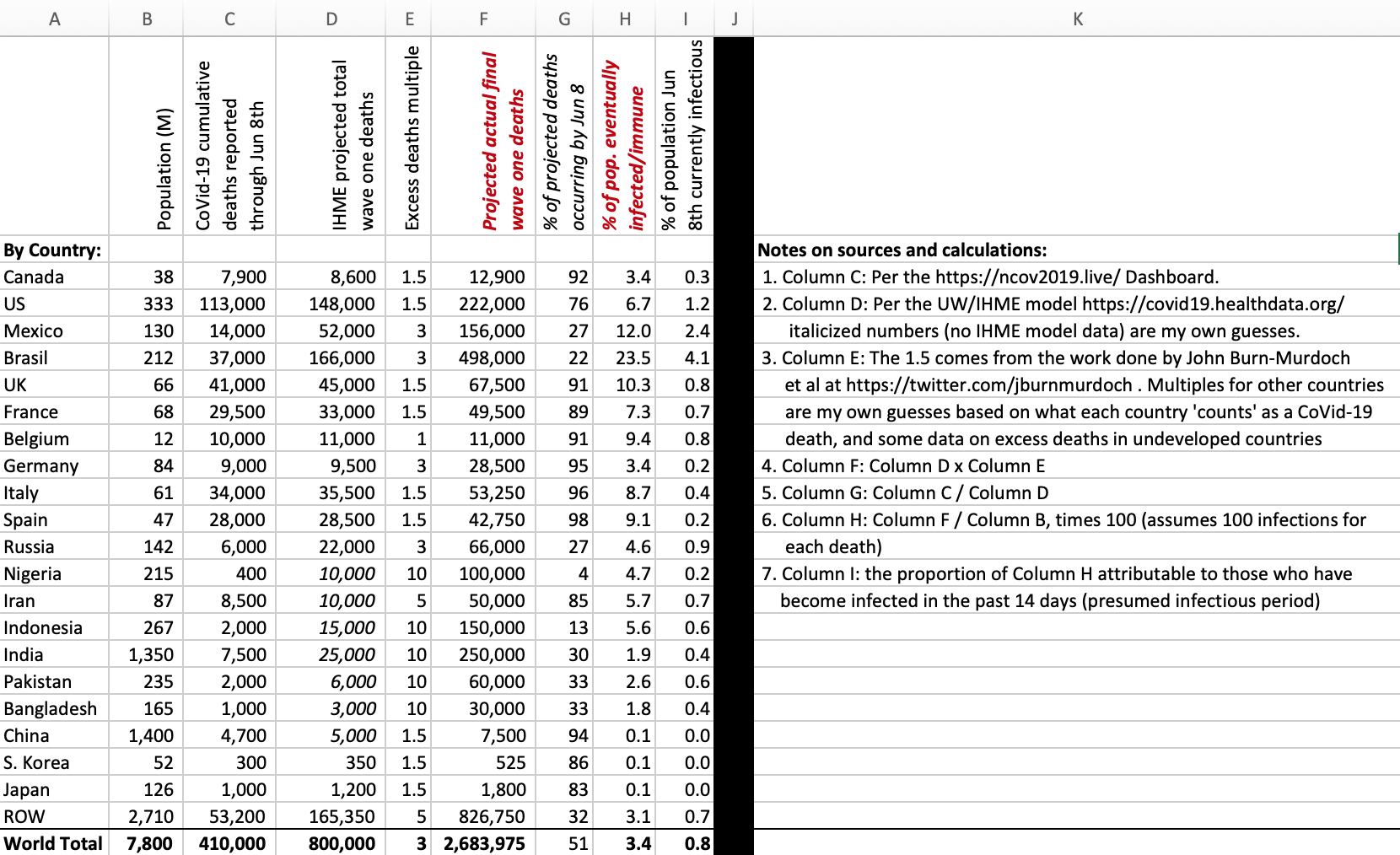another ramble about radical non-duality
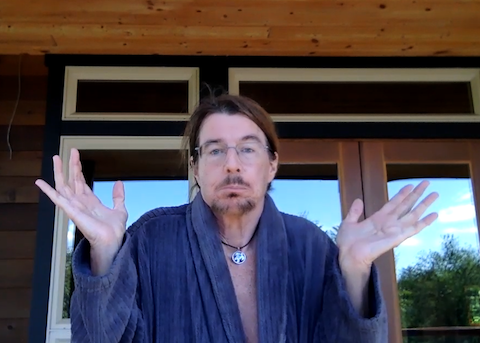
Radical non-duality is not a theory or an idea or a state. It’s a description of an utterly different sense of reality that is (apparently) obvious to those who do not share the perception of most people that they are real and separate from everyone and everything else. Their apparent behaviour is completely unaffected by the absence or loss of the sense of being real and separate. What is seemingly perceived ‘there’ (we can’t say “by them” because ‘there’ there is no sense of there being anyone) is that everything is just an appearance, neither real nor unreal, just as it is, the only way it could be.
The sense ‘there’, is that there is no one, that no one is doing anything, yet things apparently (and only apparently) happen. For no reason. Nothing is real. Nothing is important. Nothing is being done by anyone. It is a sense of incredible lightness and wonder — nothing needs to be done because there is no “one” to do anything, no free will, no choice, no agency, no responsibility, no real space or time in which anything can “really” happen. The upshot of this “unrealization” is not bliss, just easiness, equanimity, “OK-ness” about everything — vividly, clearly, full-on, and unveiled.
It may be impossible to believe that, without the sense of being a real person separate from everything else, the (apparent) person can be at all functional. But if, as neuroscientists and psychologists are beginning to tell us, everything we (apparently) do is strictly the result of our conditioning, the result of what has (apparently) happened in our (apparent) body before, tempered by the immediate situation, and if there is in fact no actual identifiable separate self ‘managing’ our body, and no free will, then there is no reason why an (apparent) body that completely lacks any sense of itself as real and separate, should not function perfectly well, or why we should even perceive such an (apparent) body as any ‘different’ from one with a sense of self.
To get an idea of how this might be, have a read of Melissa Holbrook Pierson’s book on conditioning, The Secret History of Kindness (my review and synopsis is here), or read about or watch videos of those who lack other attributes that we might think of as essential to human functioning — such as the capacity to have an internal monologue, or the capacity to visualize things in your head. We can’t imagine people not having these capacities, while those who lack them are astonished that anyone else has them. And nobody notices the difference.
So perhaps the reason that so few apparent people who have no sense of anything being real and separate, talk about it, is: What would be the point? From ‘there’, unreality and lack of substance and separation are obvious, and it is also obvious that nothing ‘really’ matters, since nothing is real and nothing is actually happening, so why talk about it?
We might imagine that they’d perceive us as deluded and that, to try to help us, they’d become evangelists (and gurus) for how ‘they’ see the world, but this is a fundamental misunderstanding of the profound (yet invisible) difference we’re talking about. There is simply no ‘one’ there to perceive other ‘ones’ as deluded. The apparent characters ‘there’ apparently do what they’re apparently conditioned to do, just as ‘we’ do. Kinda freaky to think about — this bunch of apparent people in our midst who have this completely different understanding of the nature of reality from ‘us’, and nobody notices. And it doesn’t seem to make any difference to anything.
There have been some glimpses here, and some research on the nature of reality, quantum science, astrophysics and free will, that suggest that how ‘they’ see the world, without the ‘veil’ of self to interpret and make sense of everything, is how young babies and wild creatures see the world, and is true, while our sense of what is real is illusory.
The question is, if ‘their’ presence in the world seemingly makes no difference, why should we care about which perception of reality (and unreality) is true? The answer, of course, is that if all the baggage of believing one’s self to be real (including taking everything ‘personally’, and feeling ‘responsible’ for one’s actions and inaction), which underlies most or all human suffering, is an illusion, a form of mental illness, a lifelong “psychosomatic misunderstanding”, and, worse, if there’s no ‘cure’ for the affliction of the self, then this opens up a host of profound questions about everything we think, feel, believe and (apparently) do.
Why would humans have uniquely evolved this sense of self and separation, if it actually accomplishes nothing and makes us feel, often, miserable for no reason? From an evolutionary perspective, it could quite possibly have happened simply because our large brains allowed it. Our brains are pattern-seeking, sense-making devices, and nature is always playing with random variations and possibilities to test what is the best evolutionary fit. Much of what’s in our bodies is of no apparent use — vestiges of experiments and random mutations and variations that proved not to be a very good fit for our situation. It’s feasible that the invention of the idea of the separate self is just one such unfortunate failed evolutionary experiment that is still working its way through.
So why, if it’s not an evolutionary advantage, does this supposedly-illusory sense of self and separation still prevail in our species? Possibly because, like our appendix and our separate toes, there has been no evolutionary need to eliminate it; if it isn’t actually making any difference (helpful or hindering) to the behaviour of our species, and our brain capacity isn’t urgently needed for some other purpose, evolutionary theory would suggest it will hang around either until it does become useful or until the space in our bodies and brains is needed for something else.
But wait, you might be asking — If the idea of self and separation underlies all human suffering, then surely that embodied psychosomatic misunderstanding is responsible for wars, ecocide and other catastrophes that fit poorly with the rest of evolution, and should, like the cancer it seems to represent, be eliminated from the program as soon as possible, no?
Well, perhaps the sixth great extinction of life on this planet is just such an evolutionary adaptation. A pretty disruptive and destructive one to be sure — the ‘fever’ of climate change is almost certain to make much or most of the planet uninhabitable by humans (and most other species), and make what we call civilization (living in massive numbers in concentrated spaces with fragile, complicated, prosthetic life support systems) completely unsustainable. But the evolution of cancers and plagues does suggest that nature is prepared to use excess against excess to correct extreme imbalances in ecosystems when less drastic measures have failed.
Some have suggested that, even without the sense of self and separation (which are purportedly illusory after all), the human species would have invented civilization and wrought the sixth great extinction, and that the actual evolutionary error was brains that grew to the point our species became too smart for its own (and every other species’) good. But I would argue that the invention of the concept of the separate self was a necessary precondition for civilization and for the mental concepts (abstract language, unnatural fears, ideologies etc) without which we humans would likely still be living in small numbers in limited habitats to which we are well-suited, on a still magnificently-balanced planet.
We became disconnected from our biophilial nature and our inherent part-of-everything propensity to fit and live in balance with the rest of life on earth, I think, only when we invented the idea of disconnection, of separateness, of apart-hood. Without that disastrous invention and the large-scale buying into it of almost all humans, I believe, there could be no language, no civilization, no industry, no overpopulation, none of the preconditions for the tragic ecocide that has precipitated the now-unstoppable sixth great extinction.
To think that everything our species has (apparently) wrought might stem from an illusion, an abstraction, an accident, a cosmic misunderstanding! There is of course no putting the genie back in the bottle. We’ve bought the illusion, and been conditioned all our lives to accept it as the truth. We are apparently the only species on the planet to be so afflicted, and there are some apparent humans in our midst who have (through no fault or effort of their own) lost that illusory sense, or who never had it in the first place, mostly unnoticed both by ‘them’ and by the rest of us.
If this is all true, then there is both good news and bad news: The bad news is that there’s no path to undoing or escaping the illusion, and no undoing the damage that the resultant misunderstanding has apparently led to.
The good news is that none of it is real — no one, no thing, no separation, no civilization, no damage or destruction, no atrocities, no collapse, no extinction, and no space or time in which anything can or did or will happen. Only appearance, out of nothing. Ephemeral, meaningless, inconsequential.
More and more, I think this is likely true (though the Doubting Thomas in me keeps whispering that that’s just because I want to believe it’s true). At the same time, I, my illusory separate self, cannot possibly really ‘see’ this. ‘I’ can only believe it, with all the cognitive dissonance and internal skepticism that conjures up. Meanwhile, this character I presume to inhabit continues to apparently do whatever it is conditioned to do, based on the apparent circumstances of the moment, and ‘I’ have no say over any of it. That’s infuriating, but ‘I’ have started to get some comfort from the appreciation that I am not responsible for it, and that it appears remarkably competent without ‘me’. ‘I’ am also a bit in awe of the thought that it, this apparently separate character, is actually not separate at all, but just an appearance, a part of nothing appearing as everything.
Of course ‘I’ yearn, impossibly, to undo the illusion, to not see it, to not see my self. To not be, and yet (yes, there’s the rub) to still be part of and to remain aware of this nothing-everything appearance. For the past five years, almost every morning when ‘I’ have awoken I’ve quietly groaned with the knowledge ‘I’ am still here. But recently, something has been changing; more often, now, when ‘I’ awaken I am surprised to see that ‘I’ am still here. It seems to weigh less heavily. Not that that means anything.
I keep wondering why I keep writing about this. It’s not to convince myself. And it’s certainly not to convince others — based on responses to my posts, almost anything else I write about here is more interesting and persuasive than this, and if you were to have related this ‘truth’ to me any time in my life up until about five years ago, I would have thought you had lost your mind.
I write it because, somehow, it’s become the only thing I really care to write about. Since everything I do (whether I believe in the preposterous idea of no-real-self or not) is the result of conditioning, there is no choice about what I write, or if I write, anyway.
And this brain — it cannot help trying to find the patterns, the truth, trying to make sense of everything. That is what brains apparently do. This particular brain seems predisposed to try to make sense of things by writing them down.
Most of what I’ve believed for most of my life now seems nonsensical; nothing of what I was taught about the nature of reality seems to stand up to scrutiny. So now, this outrageous, utterly-impossible truth seems to be the only thing left, the only possibility that still makes sense. Each day, I wonder if it will, one day, also be obvious.


